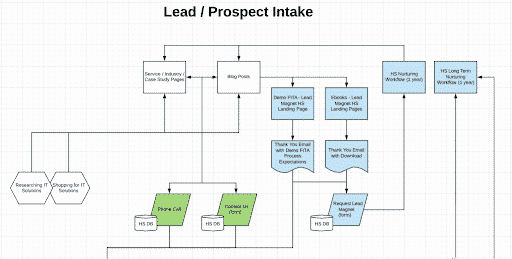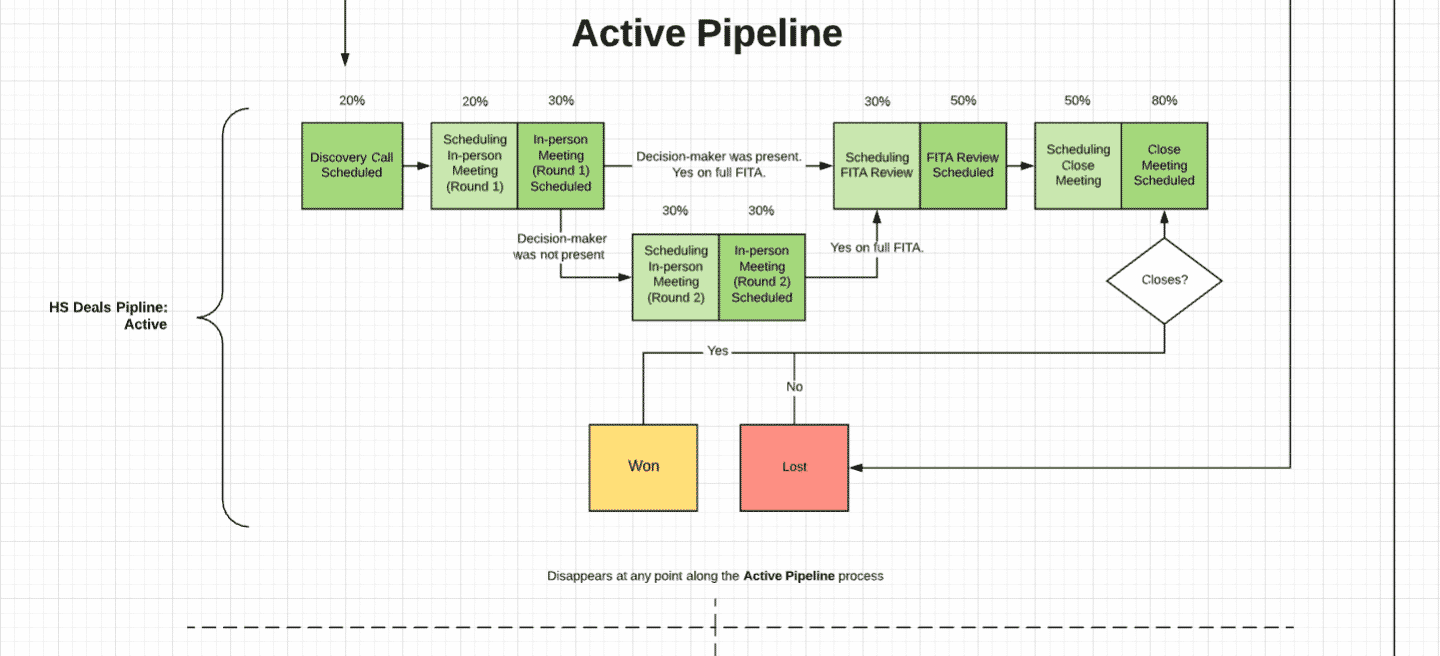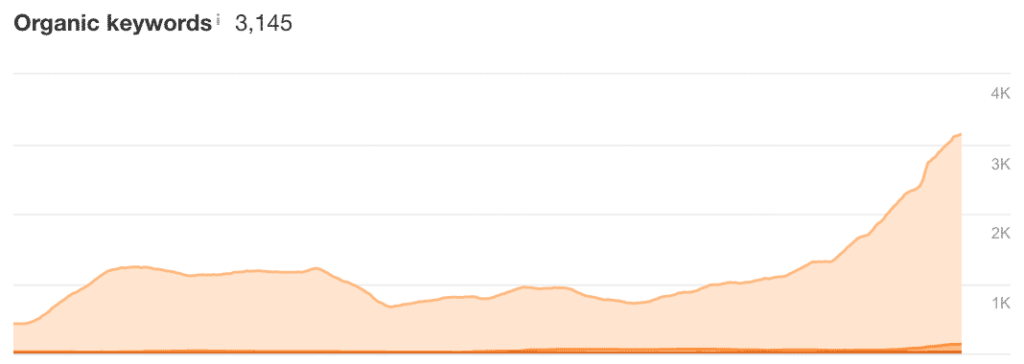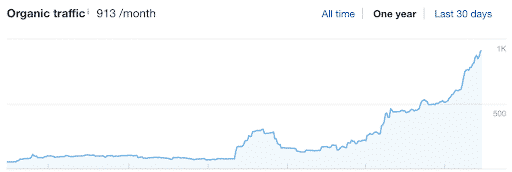If you have purchased HubSpot to help with inbound marketing, or plan to, this blog can serve as a quick reference guide to help you manage through the milestones of a successful implementation.
If you would like, you can download our full guide.

1. Make sure you understand the various modules to HubSpot software and how they fit together
You can do more reading on What is HubSpot? to learn more, but its important to understand the following below.
- There are seven major modules in HubSpot with sub-modules, including.
- Contacts – lists, personas, activity of contacts
- Conversations – email templates
- Marketing – anything on the website from landing pages, forms, to campaign tracking
- Sales (or HubSpot Sales Pro)- tasks, pipelines, documents, quotes
- Service – support tickets, client communications
- Automation – for automating sales sequences and marketing nurturing
- Reports – includes analytics, dashboards and mailed reports used to track performance
- Settings – for every module and users
Each module listed above and the sub-modules that they represent, help make sure your business is using
You also want to make sure you educate yourself on the basics of the inbound marketing process.
Below is an example of an engineered marketing and sales process for a fictitious IT service firm.
We typically break out the sales and marketing process down to 5 major processes.
Lead generation and intake
The content that your marketing team puts on the website is meant to generate new contacts for your database. Some of this content should be used by Salespeople – case studies, blogs, eBooks, etc.
Sales qualification
Just because a contact (prospect) says they want to buy your services or products doesn’t mean they are qualified by sales to buy. This is why

Active sales pipeline
These are conversations your salespeople are having with qualified prospects ready, willing, and able to buy. It’s sales’ job to get them to buy from your business.

“Sales Handback”
Prospects that drop out of the sales process for any reason, we enable a “Sales Handback”. This means the Salesperson can hand back the contact to marketing for nurturing.

Client / customer satisfaction
This is also often referred to as the delight phase. This is manually triggered by your account teams to get client referrals and testimonials.
2. Decide on whether you want to be on the HubSpot CMS or Hybrid with WordPress
HubSpot has improved the ability to manage SEO on their CMS (content management system), but we still use WordPress to make sure we have the latest SEO plugins. We lose a little fidelity in terms of top content performance, but it’s made up by having much more control over our SEO which we continue to watch.
Running our SEO processes has resulted in a much larger uptick in rankings, traffic and leads generated from the organic search marketing channel.
You can see below how after we chose to get off the HubSpot CMS and run the same content and SEO we do for clients, we have seen and increase in both our rankings and traffic from organic search.
Ranking Keywords


3. Create a Roadmap or Hire a HubSpot Agency Partner to Help
Your roadmap should be built around simple business processes that start at the foundation of marketing and sales and work their way up the value ladder.
Let me illustrate by asking a series of questions that should lead you to defining the road map for setting up HubSpot. If you can answer these questions, you can get HubSpot set up in 45-60 days.
- Who are your IDEAL buyers and buyer personas, and why?
- What information are your IDEAL buyers looking for when they are researching the solution(s) that you offer – solving a problem, improving process, implementing technology, hiring a service, etc. Most people want to know the following.
- Who you are
- What you do is what they need to be done
- The expertise you bring to their team if they are going to hire you instead of another option (internal employee or another company besides yours)
- The experience you have doing it, can they trust you
- Can you do it for an acceptable cost
- What information does your marketing and sales team need to qualify ideal buyers?
- What are your top of the funnel lead magnets available to download on your website?
- When someone downloads a top of the funnel offer, what is it that you want to say to them next, over what period of time?
- What bottom of the funnel steps can people take when they want to talk to sales?
- What are the stages of your sales process and
- Who is marketing your services generating leads?
- What information is absolutely necessary to collect from a sales qualified lead?
- Who is closing new business?
- How long does it typically take to close 1 new client? (in days)
- What are the steps (or stages) in your sales process? Here is an example of the steps in our sales process.
- Connect call
- Discovery call
- Planning (or Alignment) call
- Close call
- Who is managing that business once it closes?
- Which social media platforms / profiles do you use?
- What are the key performance indicators for marketing and sales that you use to judge their performance?
4. Ensure Adoption of HubSpot modules
Any software, no matter how many things it can do, is useless if no one uses it.
In 20+ years of selling software and getting people to use it, we have found that the single most important thing is to define your expectations of the business process for which the software should be used.
The second most important thing is to manage to those expectations and provide clear performance feedback to the people who you want using the software.
In terms of HubSpot you can translate this to simply mean the following.
Marketing’s job is to attract new prospective clients to your website and sales.
Sales’ job is to close business to generate revenue.
If you want marketing and sales to use HubSpot clearly define the core modules of HubSpot software they need to be using.
HubSpot has already gone through the trouble of investing millions of dollars in understanding modern marketing and sales, so you don’t have to worry about the actual process.
For example, you know that a Salesperson needs to email and call on prospective clients and that activity needs to be tracked. Make sure your salespeople have Sales Pro linked to their email accounts.
The top 5 reasons your salespeople need Sales Professional in HubSpot are.
- Meeting links
- Template emails to use
- Enroll and contact in a sales sequence
- Adding new contacts to the CRM
- Tracking opens, clicks and email conversations

Even more important for Salespeople is that you institute a reward for using the software properly. Ie. if they don’t capture their sales closes in HubSpot, they don’t get paid their commissions.
This might sound harsh, but the software is simple enough to use, it shouldn’t be an issue.

5. Use Analytics & Dashboards to measure performance before making changes
Once you get the various aspects of HubSpot up and running, you’ll need to start tracking what and how your team is doing. One can get out of hand with this, so I recommend you start with the basics, as follows.
- Visitors
- Visitor Session by Source
- New Contacts
- New Contacts by Source by Owner
- MQLs (Marketing Qualified Leads)
- SQLs (Deals)
- Deals by Source
- Deal Status (Which Stage Are They In?)
- Sales vs. Goal (Booked Revenue)
- Sales Forecast (Revenue)
Once you have the basic dashboard down, HubSpot lets you set up several other dashboards and dig into the other nuanced areas of marketing and sales performance like paid advertising, social media marketing, sales activity, and more!
Top 5 FAQs Companies Have When Implementing HubSpot
Here are some of the most frequently asked questions we have received in the years we’ve been helping companies implement HubSpot software. If you have any questions like this, let us know, we can be your canary in the mind shaft.
- What type of businesses get the best results from using HubSpot software?
- How long should it take to implement HubSpot?
- How much does HubSpot cost?
- What are the biggest challenges in getting HubSpot to work for our business?
- What ROI should I expect from using HubSpot?
Final Thoughts
HubSpot is expensive software, but extremely valuable if you are using it properly. It will pay for itself many times over, but it has to be worked. Knowing your unit economics (how much a client is worth, how much does it cost to acquire a new lead, etc.) before HubSpot will help you understand the investment you are making and align your expectations about return you should be getting from it.
I hope this was helpful for you in your quest to improve your use of HubSpot or in making a decision to purchase this powerful software.